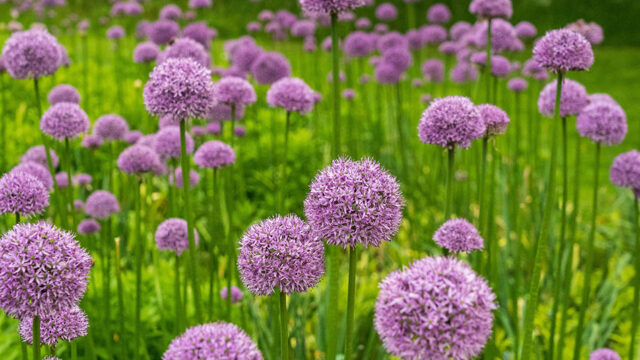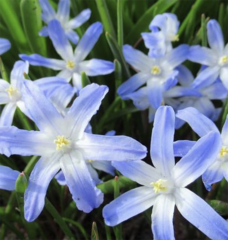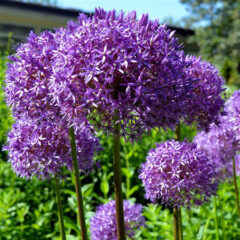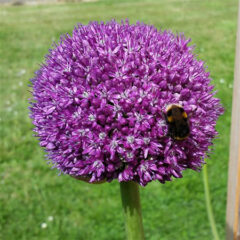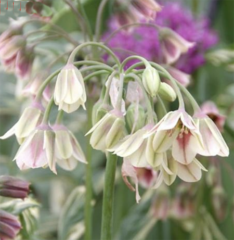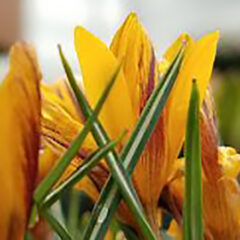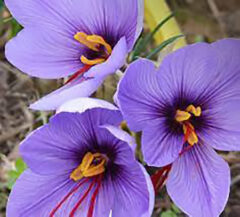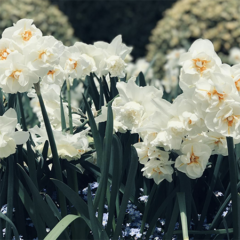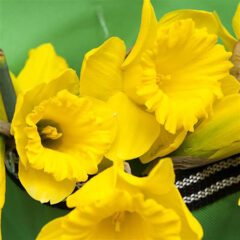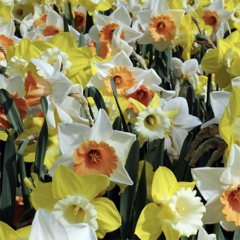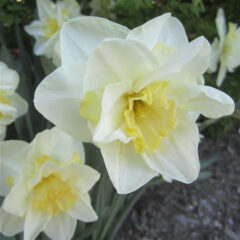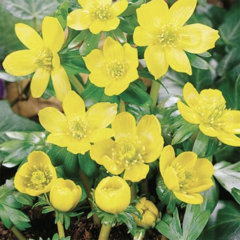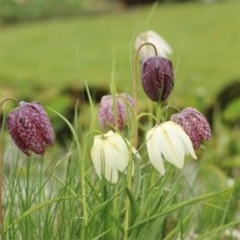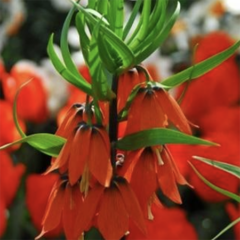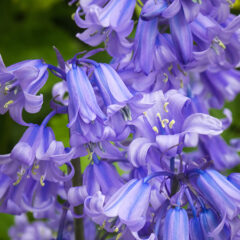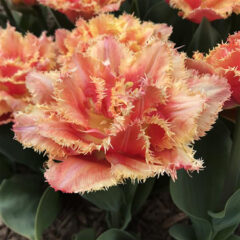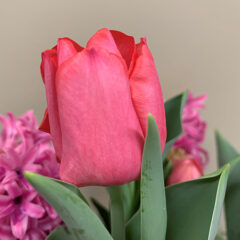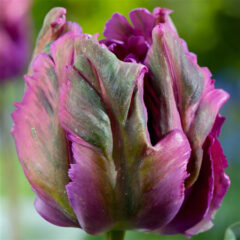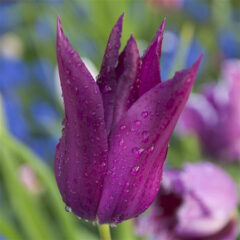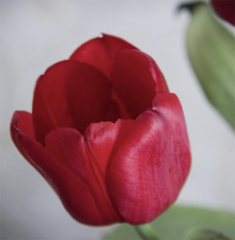Late September through October is the time to plant spring-flowering bulbs like crocus, tulips, daffodils, alliums and fritillarias. The bulbs will develop roots in the fall and reach the cold temperatures necessary to bloom next spring—just in time to prevent us from going crazy from a colorless winter!
The general rule for planting bulbs is to dig two to three times as deep as the bulbs are tall. Most large bulbs like tulips or daffodils should be planted about 8 inches deep while smaller bulbs like crocus should be planted 3-4 inches deep. After planting, water well and continue watering periodically through fall if the weather is dry. Fall bulbs don’t readily root in dry soil and bulbs can desiccate and shrivel up without supplemental water.
To plant many bulbs quickly, dig one- to two-foot planting circles to the proper depth and arrange bulbs in holes with 2-3″ spacing, then cover. Clumps of bulbs spaced out will have a greater impact than single bulbs all spaced out. Bulbs can be tucked into groundcover beds of ivy, vinca, ajuga, hostas, ferns, and other shade plants where shade is cast by trees since the bulbs will be up before canopies leaf out. They grow nicely in sunny spots between spring flowering perennials like creeping phlox and peonies and between shrubs like forsythia, flowering quince, and lilac. They ramp up the spectacle when planted under spring-flowering ornamental trees like redbud, serviceberry, magnolia, and crabapple.
Pick up fall native plant seed for fall sowing at the same time and create a succession of color and unusual combinations!
